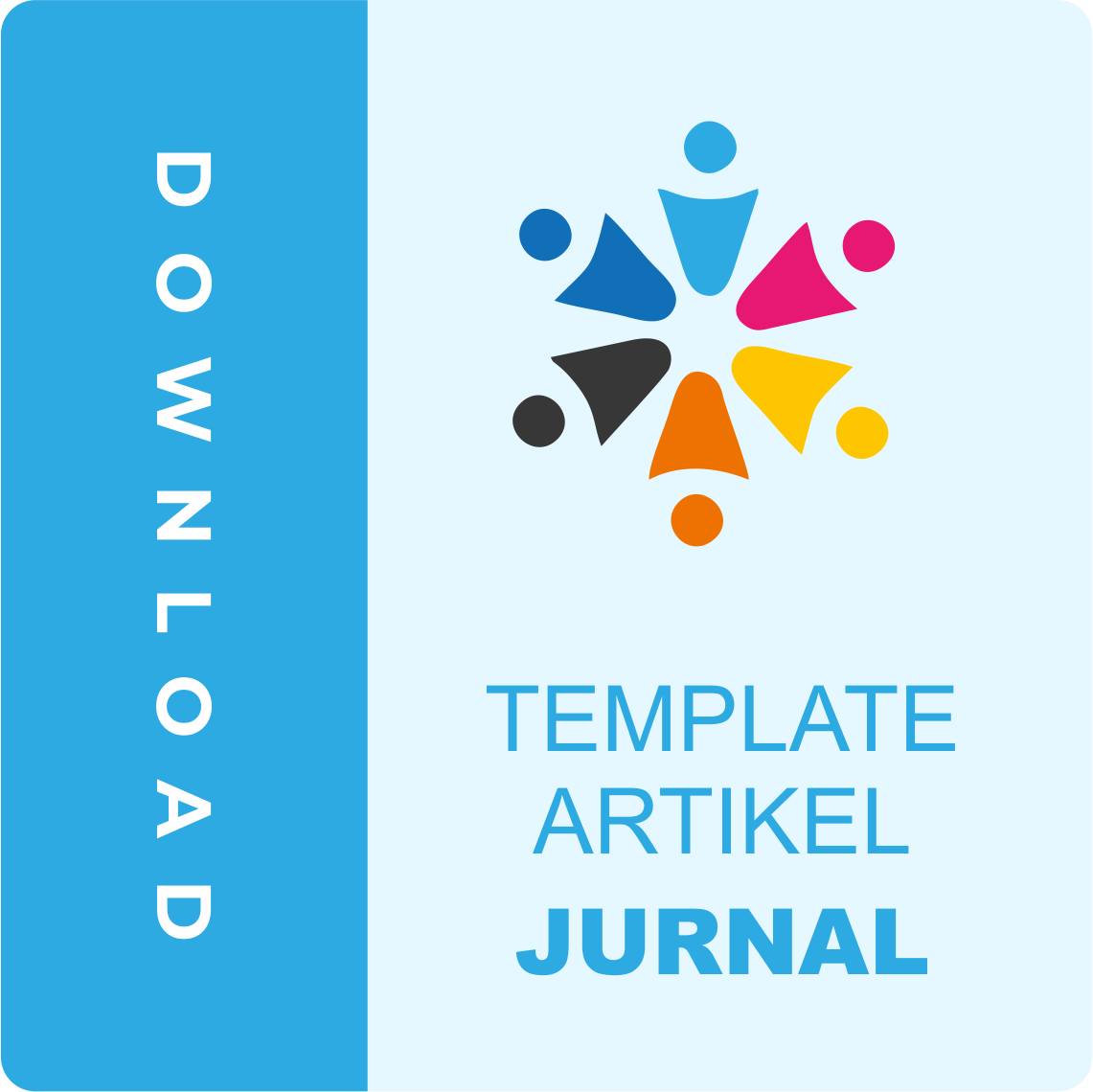Extraction of Polyphenol Compounds from Herbal Plant Stems of Kalimantan Using Ethanol Solvent
Downloads
Kalimantan harbors endemic medicinal plant species with untapped therapeutic potential, yet scientific validation of their phytochemical profiles remains limited despite centuries of traditional use by indigenous Dayak communities. This study aimed to characterize the bioactive compounds in stem extracts of six Kalimantan herbal plants: saluang belum (Luvunga sarmentosa), sintok (Cinnamomum sintoc), pasak bumi (Eurycoma longifolia), akar kuning (Arcangelisia flava), kayu sutra (Fragraea racemosa), and nonang (Xylopia malayana). A Simple Randomized Design was employed with 70% ethanol maceration extraction, followed by qualitative phytochemical screening (saponins, steroids/triterpenoids, tannins), quantitative analysis (total polyphenols via Folin–Ciocalteu method, total flavonoids via aluminum chloride complexation), and GC–MS compound identification. Results revealed universal presence of tannins across all species, with triterpenoids detected in five species and steroids uniquely in pasak bumi. Saponins were identified in sintok, akar kuning, kayu sutra, and nonang. Total polyphenol content ranged from 1.78 mg GAE/g (pasak bumi) to 8.55 mg GAE/g (sintok), while flavonoid content was highest in pasak bumi (2.48 mg QE/g). GC–MS analysis identified benzenepropenamide derivatives (41.63%) as dominant compounds in sintok, with antimicrobial properties, and n-hexadecanoic acid (38.21%) in pasak bumi, associated with cardiovascular benefits. These findings validate traditional medicinal uses through molecular evidence and demonstrate that endemic Kalimantan plants harbor diverse bioactive compounds with therapeutic potential spanning antimicrobial, antioxidant, anti-inflammatory, and metabolic applications. The research provides a scientific foundation for developing standardized herbal formulations, supports conservation prioritization of high-value medicinal species, and contributes to Indonesia’s pharmaceutical independence through sustainable bioprospecting of indigenous botanical resources.
Copyright (c) 2025 Luluk Lusiani, Ngatirah Ngatirah, Reza Widyasaputra, Siti Maimunah

This work is licensed under a Creative Commons Attribution-ShareAlike 4.0 International License.




